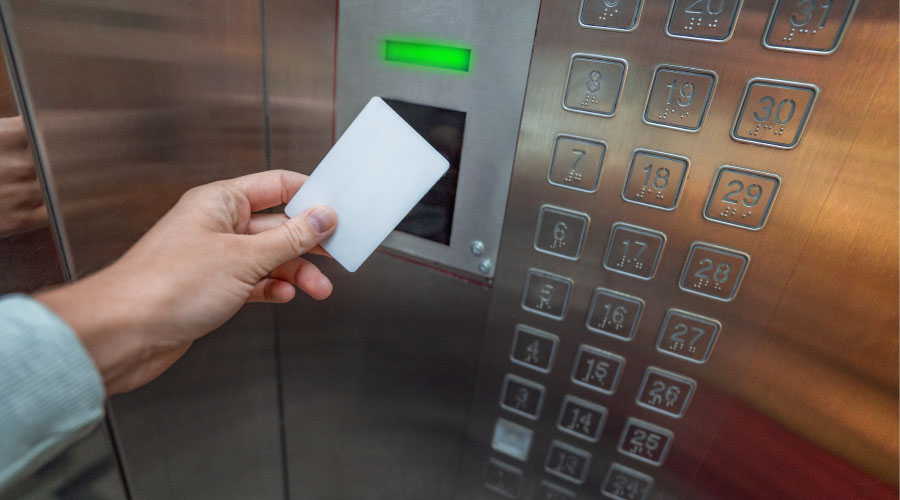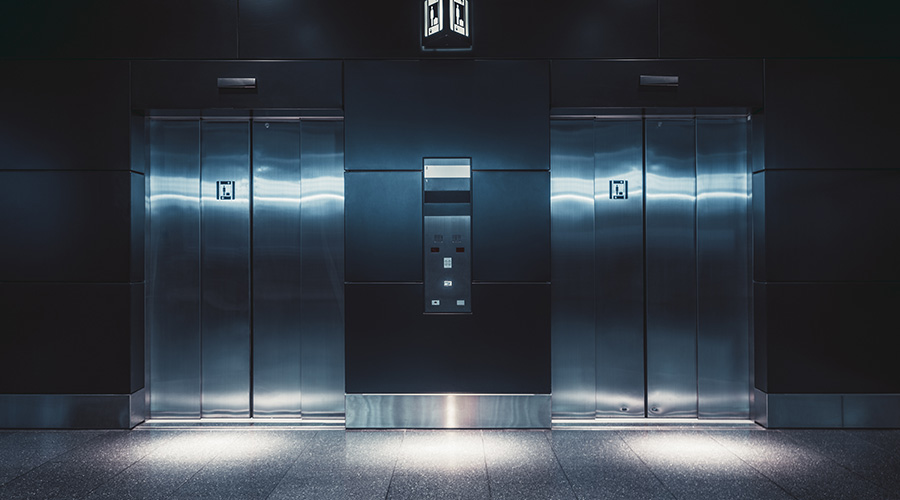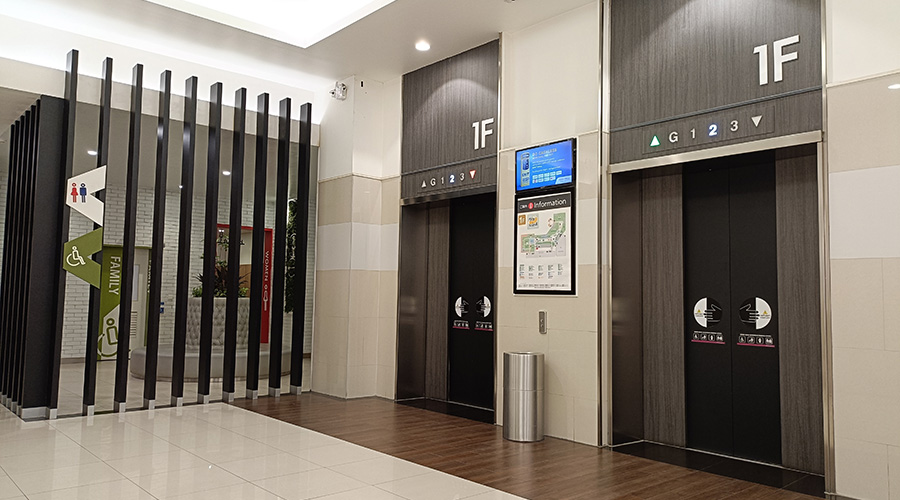Machineroomless Elevators Are Growing Trend in Low-Rise Applications
In lower-rise applications, the current big trend is toward machineroomless elevators, or MRLs. Instead of requiring a dedicated space for all the equipment required to run a hydraulic elevator, most, if not all of the equipment is built into the hoistway and the elevator itself.
While the term machineroomless has been around for some time, it was still a slight misnomer until recently, says KONE's Lindquist.
"The controller, for the machine, for the last several years was still placed in a control room, which was either integrated into the hoistway, adjacent or up to 100 wired feet away," she says. Now, controllers can actually be placed inside the wall, which means that there isn't even a requirement for a dedicated space for a control room.
Like hydraulic elevators, MRLs aren't really appropriate for buildings above a certain height due to speed restrictions. But, in lower-rise applications, they offer the big benefit of not needing to dedicate a large chunk of space on the penthouse floor for the elevator machinery. That, in turn, translates to either more useable space or more leasable space.
"If you don't have to have a machine room on the top floor, now your prime, penthouse-type location, instead of being an elevator machine room, can be rented out to a tenant," says Toto.
And with controllers being integrated, the space requirements are even less.
"There is absolutely nothing required outside of the elevator hoistway itself," says Fiacco.
Space savings are only the beginning of the benefits that MRLs offer. The elevators are counterweighted, meaning that gravity does part of the work, which allows for smaller motors. They also don't require hydraulic oil, which makes them a greener and safer option. In addition, many of the systems utilize regenerative drives, which take the heat created by movement and convert it into energy to power the system.
Hydraulic elevators still do have an edge in first cost, but that's beginning to erode, says Watkins. Eventually, he sees MRLs taking over the American market the way they have in other parts of the world.
"Over the next couple years, you'll see cheaper solutions, you'll see faster installation techniques that will really increase that momentum of the disappearance of the hydraulic elevator," in the United States, he says. "If you go over to Europe or anywhere else in the world, you don't see hydraulic elevators anymore."
Related Topics:














